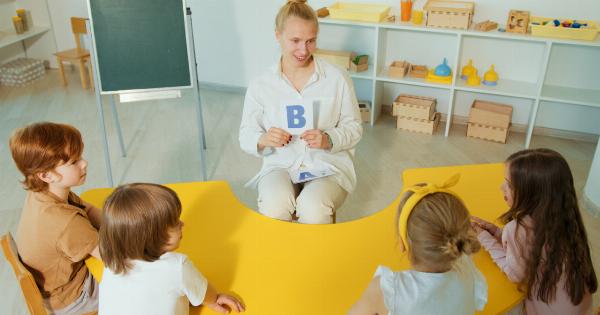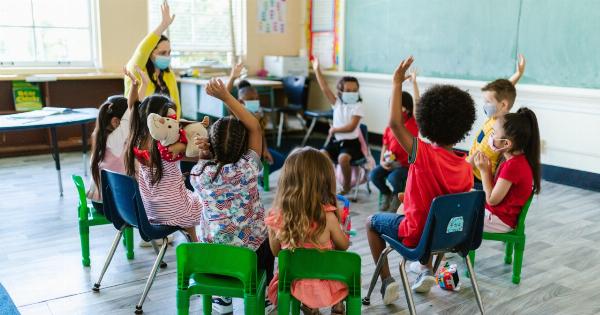Learning difficulties can be a challenging reality for many children, making it difficult for them to keep up with their peers in the classroom.
While traditional therapies such as tutoring, speech therapy, and occupational therapy can be effective, there is another natural therapy that can help children with learning difficulties: dogs.
The Benefits of Dogs for Children with Learning Difficulties
Dogs have a number of unique qualities that make them particularly beneficial for children with learning difficulties:.
1. Dogs Are Calming
Children with learning difficulties often struggle with anxiety and stress, which can make it difficult for them to concentrate on their schoolwork.
Dogs have a calming influence that can help to reduce anxiety and promote relaxation, creating a more conducive learning environment.
2. Dogs Are Non-Judgmental
Children with learning difficulties may feel self-conscious or judged by their peers, causing them to withdraw or avoid social situations.
Dogs offer unconditional love and acceptance, providing a non-judgmental presence that can help children to feel more comfortable and confident in social situations.
3. Dogs Can Help to Build Confidence
Learning difficulties can often make children feel helpless or inadequate.
Dogs are a source of unconditional love and support that can help children to feel more confident and secure in themselves, which can translate into improved academic performance.
4. Dogs Can Provide a Sense of Responsibility
Caring for a dog requires a certain level of responsibility, which can be empowering for children with learning difficulties.
By taking on tasks such as feeding, walking, and grooming, children can develop a sense of achievement and responsibility that can translate into improved self-esteem and self-confidence.
The Evidence
Research has shown that dogs can be beneficial for children with learning difficulties.
A study conducted by the University of Lincoln found that children with autism who received animal-assisted therapy showed significant improvements in social interaction, communication, and attention span.
Another study conducted by the University of Missouri found that children with reading difficulties who read to dogs showed significant improvements in reading fluency and accuracy.
This was attributed to the calming presence of the dogs, which helped to reduce anxiety and improve concentration.
Dogs in the Classroom
Given the benefits that dogs can offer for children with learning difficulties, it is not surprising that many schools are beginning to incorporate dogs into their classrooms.
Programs such as “Reading Education Assistance Dogs” (READ) allow children to read to dogs in a non-judgmental, relaxed environment, promoting improved reading fluency and comprehension.
Choosing the Right Dog
It is important to choose the right dog for children with learning difficulties. The dog should have a calm, friendly demeanor and be well-suited to spending time with children.
It is also important to consider any allergies or phobias that children may have, as well as the level of responsibility required to care for the dog.
In Conclusion
Dogs can be a natural therapy for children with learning difficulties, providing a calming, non-judgmental presence that can promote relaxation, confidence, and self-esteem.
By incorporating dogs into the classroom, schools can help children with learning difficulties to overcome their challenges and achieve their full potential.






























